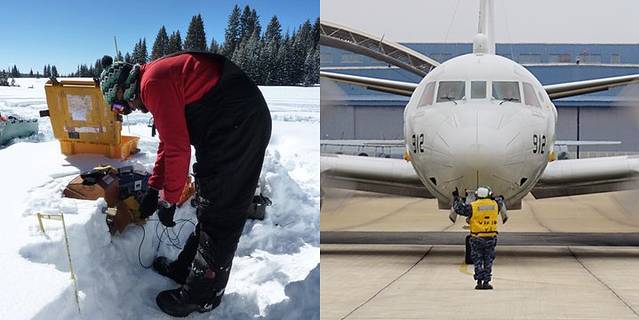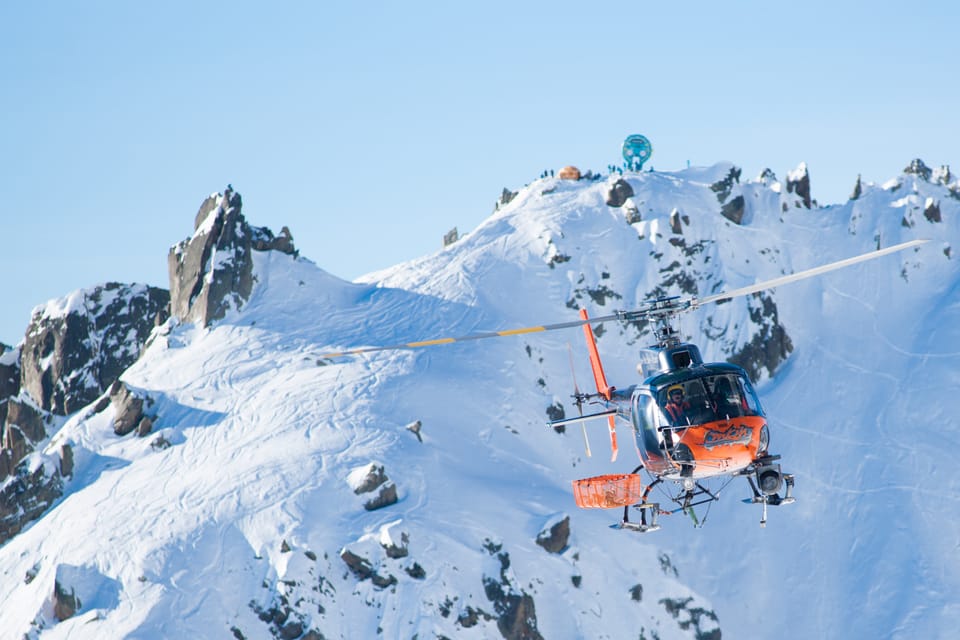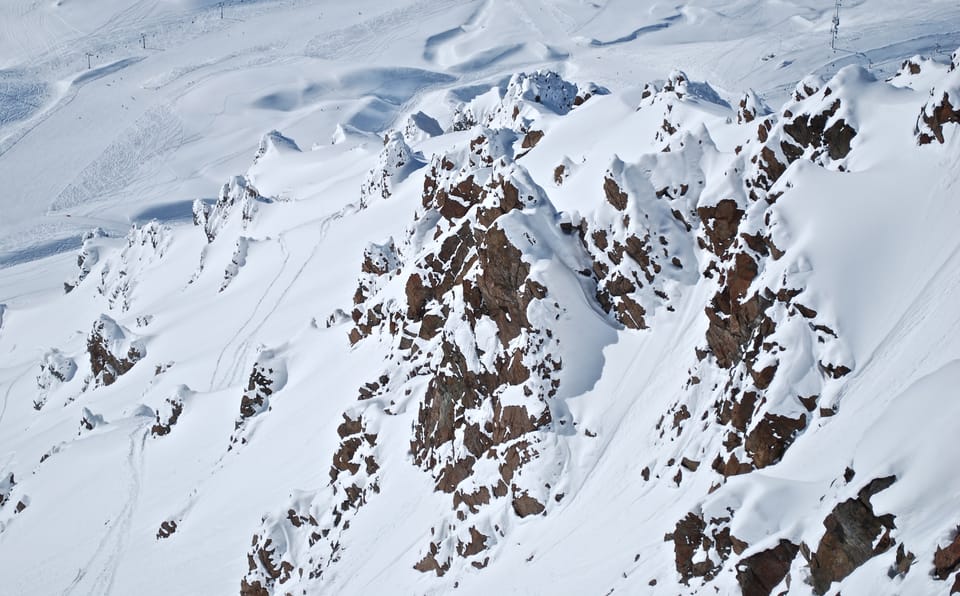How Much Snow Is There in the World?

NASA is reported to have launched a multi-year project to try to accurately measure how much snow cover the world has at any one time, and particularly how much water content there is held in that snow.
Winter snow cover in the northern hemisphere is known to extend to over 46,000,000 square kilometres or just under a third of the Earth’s land area each year but scientists are keen to more accurately measure just how much snow there is at any one time – particularly is water content.
In some areas snow is a critical water source and its volume can have both positive and negative effects, supporting agriculture, recreation, and other aspects of local economies, but too much of it can also cause major logistical and safety issues.

NASA’s SnowEx project aims to use remote sensing to try to calculate snow cover and its water content. The greatest challenge in so doing is a result of the fact that about half of the snow covered area is below tree cover in forests. Experts agree that no one method of remote sensing can currently resolve this issue but a combination of measurements including detecting radiation in different parts of the electromagnetic spectrum, from the visible to the microwave, can provide a solution.
So far SnowEx has been testing different measurement techniques aiming to establish the most effective and the pros and cons of each, focusing on two areas in California and Colorado, with the overall objective of developing a space mission that can deliver the most effective results. More than 100 scientists including staff from 25 universities around the world have been involved along with special winter research divisions of the US army in the project. The data so far collected is the most detailed ever recorded.
The positive impacts of accurately measuring water content of lying snow are believed to be potentially immense. In many regions snowmelt is essential for agriculture businesses worth billions of dollars.
There is also a major issue with climate change as snow cover reflects heat whilst land and water without snow cover absorbs it, speeding up global warming the smaller the area covered.
All of the remote sensing and in situ data from SnowEx will be archived by and freely available




